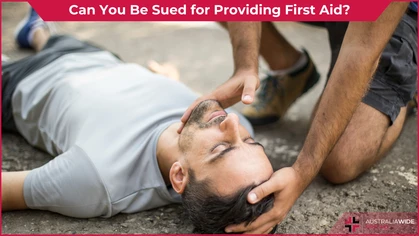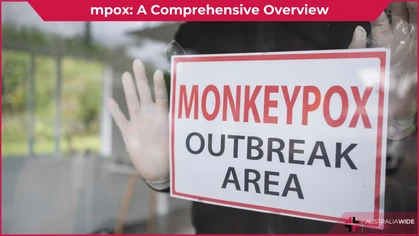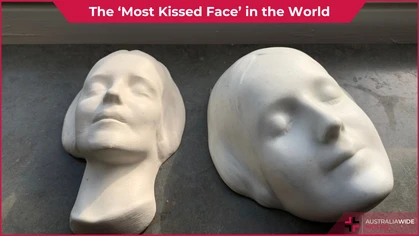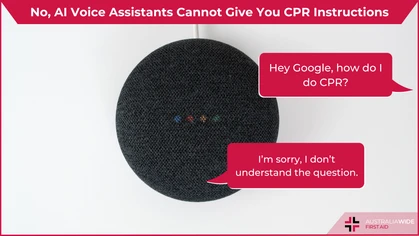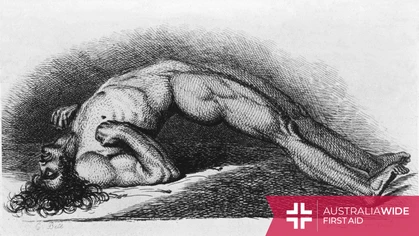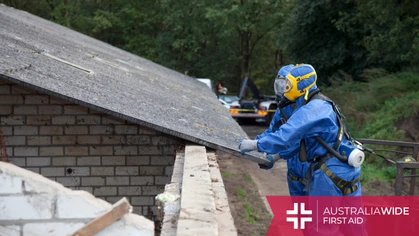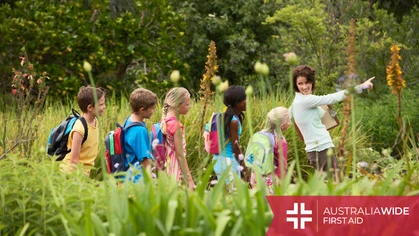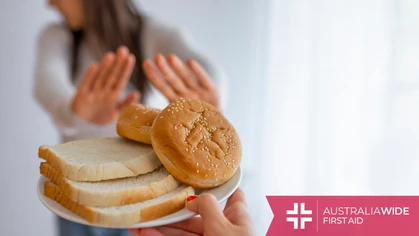What is Margarita Burn and Why is it in the News?

First aid in the news
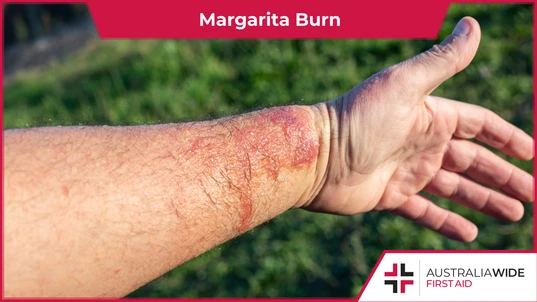
Margarita burn is a type of contact dermatitis. It can occur when a person experiences sun exposure after coming into contact with a causative plant, such as limes. In some cases, Margarita burn can cause blisters and second degree burns.
Despite its fun name, margarita burn is anything but. This condition is a type of contact dermatitis that can occur when a person comes into contact with certain plants that can make their skin have a stronger and faster reaction to UV radiation. The term 'margarita burn' only recently exploded into the public consciousness, when an Australian woman reported that her young son had endured a night in the hospital and a trip to the burns unit after juicing limes with his cousins. The woman gave an ominous warning at the end of her public health announcement: 'Beware - lime and sun don't mix'. Tiny Hearts Education, an organisation that provides baby, infant, and child first aid courses, shared a similar story on their Facebook page about a young boy who developed blisters on his chest after playing with a lime in a blow up pool. Read on to learn about what margarita burn is, what it looks like, how to treat it, and how to avoid it. And for more information on identifying and treating different burns, book one of our general or childcare first aid courses. We have training locations in every state, capital city, and major town throughout Australia. Head to our website to find and enrol in a first aid course near you today.Causes
Margarita burn occurs when a chemical called furocoumarin reacts with sunlight. Furocoumarin naturally occurs in a variety of different plant sap and fruits, including:- Citrus fruits (most cases of Margarita burn come from limes)
- Celery
- Carrot
- Wild dill
- Wild parsley
Symptoms
Margarita burn commonly occurs on the legs, hands, or arms - wherever the skin is exposed to furocoumarin. It typically begins as a mildly irritated or darkly pigmented patch of skin, which (in severe cases) can then blister and turn into second degree burns. Once the blisters have subsided, a pigmented stain can develop on the affected area and last for several weeks.Treatment
Treatment will vary depending on the severity of the margarita burn. Mild cases of margarita burn can generally be treated at home with supportive measures that reduce pain and shorten the duration of symptoms, like:- Cold compresses
- Anti-inflammatory medication, such as ibuprofen
- Topical steroids
- Topical antiseptics
Risk factors and prevention
Not everyone who becomes exposed to furocoumarin will develop margarita burn. You may be at a greater risk of the condition if you have a history of contact dermatitis with other substances, such as soaps, detergents, and metals. You can reduce your risk of margarita burn by:- Washing your hands and other exposed parts of the skin immediately after coming into contact with the juice or sap of a causative plant
- Washing your hands and other exposed parts of the skin immediately after being outdoors
- Wearing gloves when picking fruit or gardening
- Covering up the skin with long pants and long sleeves in wooded areas
- Applying sunscreen before heading outdoors
Final thoughts
For more information on identifying and treating different burns, book one of our general or childcare first aid courses. We have training locations in every state, capital city, and major town throughout Australia. Head to our website to find and enrol in a first aid course near you today.
Originally published at
https://www.australiawidefirstaid.com.au/resources/margarita-burn
as part of the Australia Wide First Aid Articles Library

